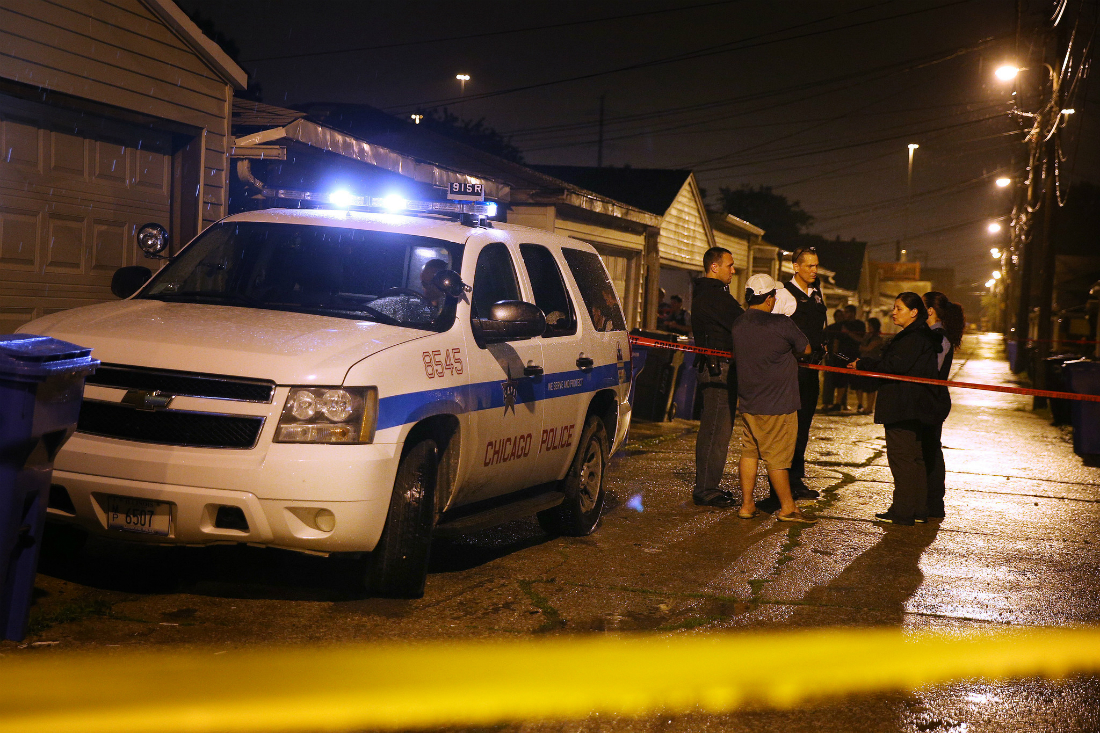
A study conducted by Columbia University’s Mailman School of Public Health in New York City found that, on the average, traffic fatalities have dropped in states that have legalized medical marijuana.
The researchers analyzed traffic fatality data obtained from the National Highway Traffic Safety Administration covering the period between 1984 and 2014. The team discovered that in states where marijuana has been legalized, traffic deaths declined an average of 11 percent overall after the laws were passed – states with legal marijuana had an average of 26 percent less traffic fatalities overall compared to other states.
The study also showed a correlation between marijuana dispensaries and lowered traffic fatalities.
Currently, 28 states and the District of Columbia have legalized medical marijuana.
Researchers surprised and baffled by study results
The researchers expressed surprise at the results and could not fully explain why such reductions have occurred, but the findings echo another 2013 study that reported an 8 to 11 percent drop in auto deaths in medical cannabis states after the first year of legalization.
One theory is that marijuana has replaced alcohol to an extent in states where it has become legal.
From the Daily Caller:
“The authors suggest that stoners might be more attune to their lack of sobriety than someone who has been drinking heavily, or that medical marijuana patients are spending less time out at bars, but note no definitive connections can be made.”
In other words, it’s better to stop at a green light because you’re too high than to barrel through an intersection at 70 mph because you’re too drunk.
Interestingly, the biggest drop in traffic deaths was seen among younger drivers, particularly those between the ages of 25 and 44, a group that includes a high percentage of registered medical marijuana patients:
“Specifically, the researchers observed an 11 percent reduction of among those aged 15 to 24 years, 12 percent for ages 25 to 44, and 9 percent for those 45 years and older.
“Lacking was strong evidence suggesting reductions among those aged 45 years and older, which is also a group overrepresented in the population of patients registered in state medical marijuana programs.”
For reasons that are unclear, the drop in fatalities only seems pronounced among younger drivers. “This finding suggests that the mechanisms by which medical marijuana laws reduce traffic fatalities mostly operate in those younger adults, a group also frequently involved in alcohol-related traffic fatalities," said Julian Santaella-Tenorio, lead author of the study.
Although the factors driving the trend may yet remain unclear, the findings are nonetheless significant and contradict predictions that legalization would bring with it an increase in traffic accidents.
Access to marijuana “improves public safety,” says researcher
The truth appears to be the opposite. “Public safety doesn’t decrease with increased access to marijuana, rather it improves,” said Benjamin Hansen, one of the authors of the 2013 study.
These findings may upset anti-marijuana crusaders, but with two broad studies reflecting nearly the same dramatic findings, there’s little room for argument.
It should be noted that decreases were not found in every state – both California and New Mexico showed initial decreases after legalization, but slowly traffic death rates began to rise again.
And no one should be encouraged to drive while stoned – marijuana does impair driving ability to an extent, even if it translates to merely driving too carefully.
At any rate, such research is important in understanding how marijuana use affects public safety and will help in developing appropriate policies and guidelines. Studies like these also help to dispel some of the fear-mongering and misunderstanding regarding cannabis and its impact on society.
Sources:
Please contact us for more information.






















